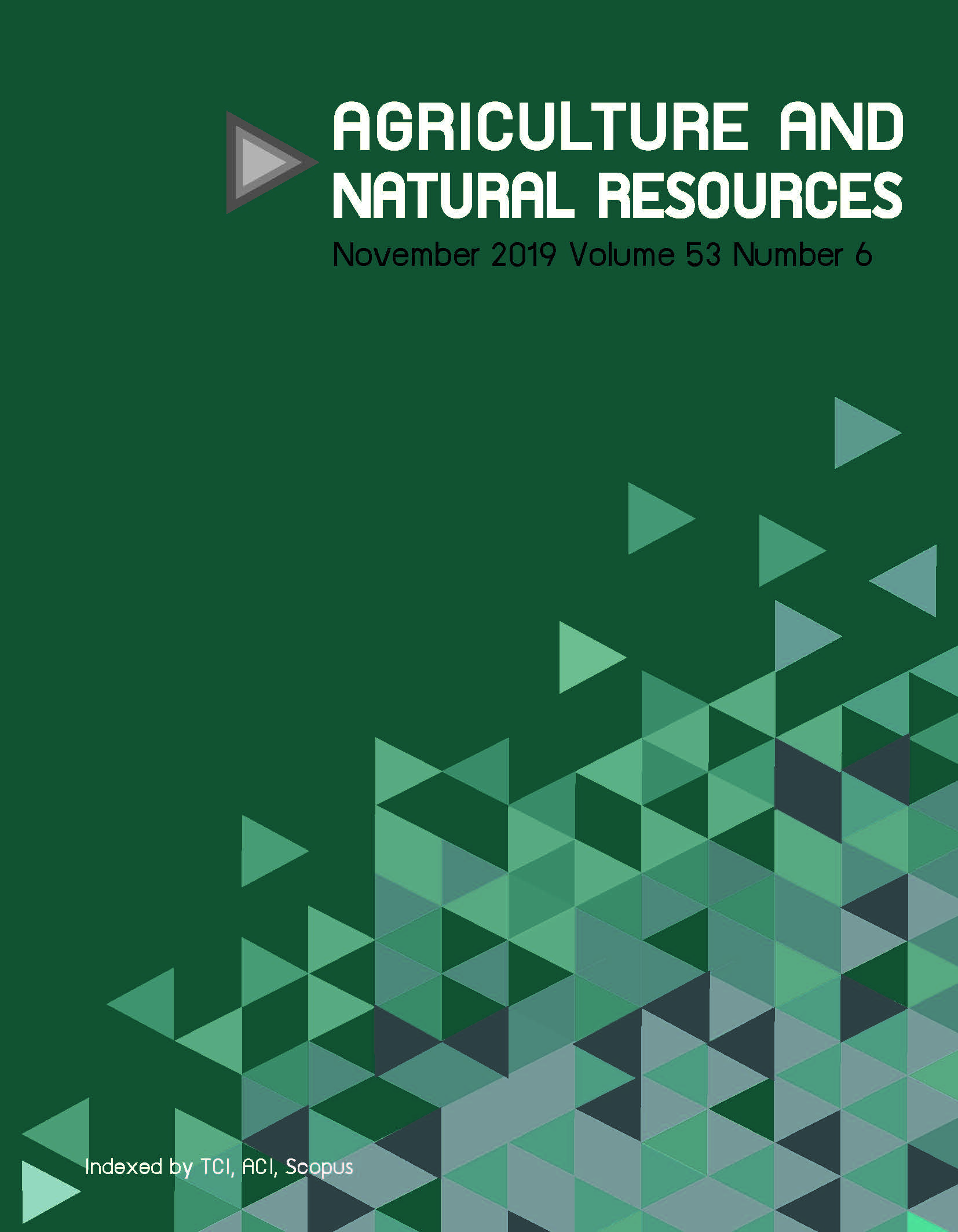Gas exchange and ionic traits as selection criteria for salinity tolerance in wheat (Triticum aestivum L.) cultivars
Keywords:
Gas exchange, K :Na , Plant biomass,, Salt stressAbstract
Salinity is a major problem reducing crop productivity in many parts of the world. Development of salt-tolerant cultivars by screening in the vegetative stage is an effective, easy and economical way to combat salinity. The present study was conducted to determine the salt tolerance of some newly approved and candidate cultivars of wheat based on gas exchange, growth and ionic traits. Three water salinity levels—T1 [Control], T2 [electrical conductivity (EC) 2.0 dS/ m, sodium absorption ratio (SAR) 15.0 (m mol L-1)1/2 and residual sodium carbonate (RSC) 2.25 m molc L-1 ] and T3[ EC 4.0 dS/ m, SAR 25.0 (m mol L-1)1/2 and RSC 5.0 m molc L-1 ]—were developed in Hoagland’s nutrient solution using four salts (NaHCO3, Na2SO4, CaCl2.2H2O and MgSO4.7H2O) and 20 cultivars grown in solution culture. A significant reduction in the leaf photosynthetic rate, plant biomass production and potassium ion uptake was observed in all cultivars under salt stress. Cultivars, SARC-1, V-07096, V-05082, SARC-7 and Fsd-2008 had less reduction in the leaf transpiration rate and plant dry biomass production than V-05003, V-07076 and V-07194. Overall, two new cultivars (V-07096 and V-05082) showed salt-tolerant traits already observed for the salt-tolerant cultivars SARC-1, Pasban 90 and SARC-7. Hence, the genetic material of these two cultivars can be used for further breeding programs for the development of new salt-tolerant cultivars.
Downloads
Published
How to Cite
Issue
Section
License
Copyright (c) 2019 Kasetsart University

This work is licensed under a Creative Commons Attribution-NonCommercial-NoDerivatives 4.0 International License.
online 2452-316X print 2468-1458/Copyright © 2022. This is an open access article under the CC BY-NC-ND license (http://creativecommons.org/licenses/by-nc-nd/4.0/),
production and hosting by Kasetsart University of Research and Development Institute on behalf of Kasetsart University.







